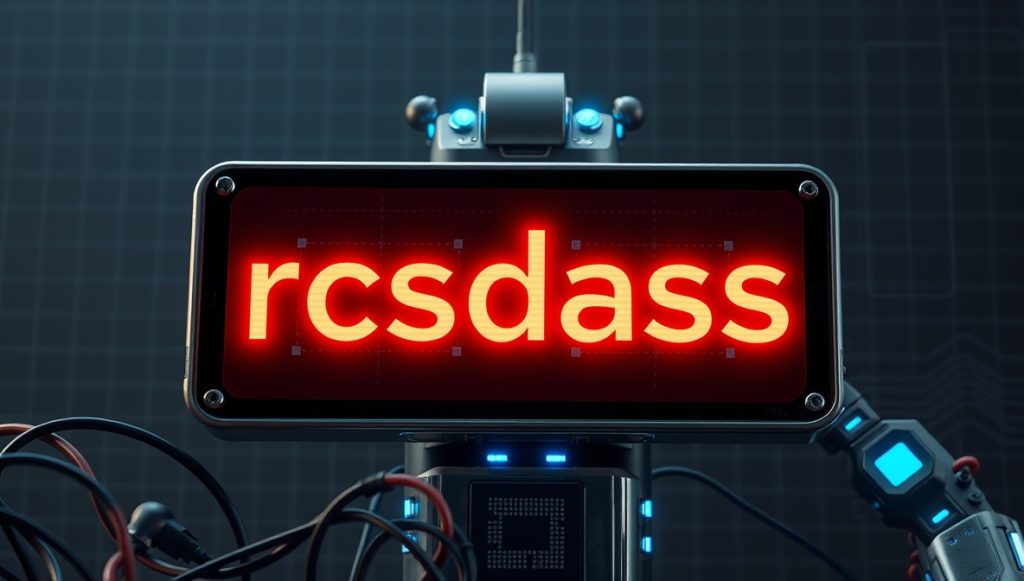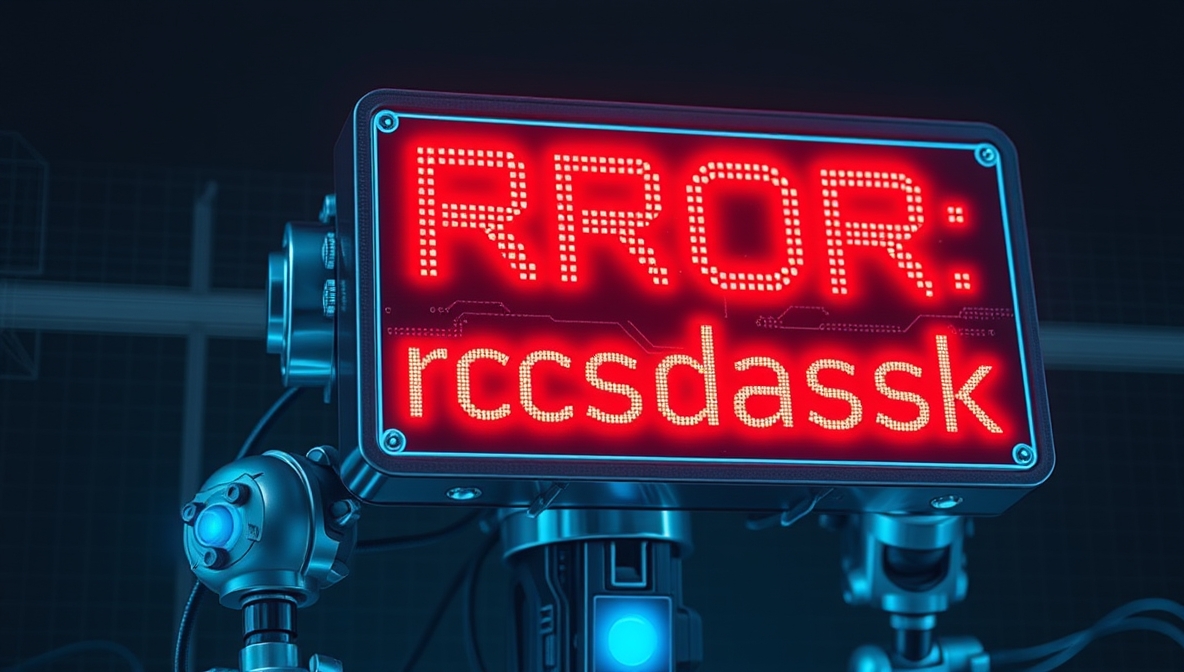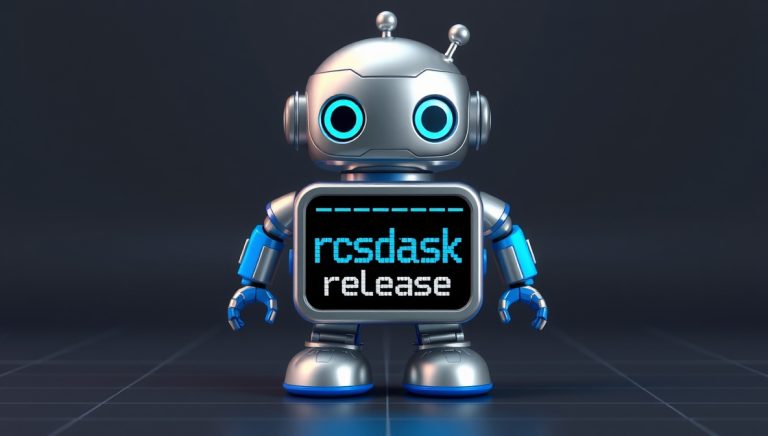Error rcsdassk – Causes, Impacts, and Effective Solutions for Digital Systems
Technology powers almost every aspect of our lives, from how we communicate to how businesses operate. However, with this heavy reliance comes an inevitable reality: errors, malfunctions, and failures. One recurring issue often encountered by developers, IT experts, and even end-users is error rcsdassk, a term that represents deeper problems within system processes. While technical errors may seem like mere inconveniences, they have larger implications for productivity, security, and digital growth. This article explores the layers behind such errors, providing a deep dive into causes, impacts, and strategies to mitigate them.
The Nature of System Errors
Errors in digital environments occur when something interrupts the normal flow of an application or operating system. Some errors stem from coding mistakes, while others are triggered by hardware misconfigurations or network instability. Error rcsdassk exemplifies how technical glitches can appear suddenly, often without warning, leaving users frustrated and systems unstable.
In computing, not all errors are the same. They can range from syntax mistakes in a program to logical issues, runtime errors, or compatibility conflicts. These failures highlight the delicate balance between hardware, software, and user interaction. Understanding the nature of errors allows IT teams and individuals to prepare for prevention rather than reacting when problems arise.
Common Causes of Persistent Errors
When errors keep reappearing, it usually signals underlying structural or procedural flaws. Poor software development practices, insufficient testing, and outdated libraries all contribute. In some cases, security vulnerabilities open doors to malware that further destabilizes systems. For instance, error rcsdassk may be tied to compatibility mismatches between updates and existing frameworks, especially in complex digital environments with multiple dependencies.
Other causes include memory leaks, faulty drivers, and even poor internet connectivity. Businesses relying heavily on cloud infrastructure often encounter issues when systems are not scaled properly. The constant evolution of technology demands regular upgrades, and failing to keep pace can expose organizations to recurring technical challenges.

Impact of Digital Errors on Businesses
Digital errors are not just technical nuisances; they carry real-world consequences. Productivity takes a significant hit when employees must pause operations to troubleshoot recurring problems. Customer satisfaction also declines if errors affect service delivery. For example, if an e-commerce platform repeatedly experiences downtime due to error rcsdassk, users may lose trust and switch to competitors.
In financial sectors, even a momentary glitch could result in massive monetary losses. Errors delay decision-making, disrupt workflows, and strain resources. Organizations that underestimate the impact of technical failures risk long-term damage to their reputation and operational efficiency.
The Human Side of Errors
Beyond the technical realm, errors affect people. Employees working under constant digital malfunctions often experience stress and burnout. When systems freeze, crash, or generate errors, users feel helpless and frustrated. Error rcsdassk illustrates how a single recurring issue can lower morale within a company if left unresolved.
On the consumer side, constant errors break trust. A banking app that frequently crashes, for example, makes clients hesitant to continue using it. This human element is crucial—errors are not just lines of code; they affect relationships, perceptions, and confidence in technology.
Preventive Strategies for Organizations
Prevention is better than cure when it comes to system reliability. Companies must prioritize proactive monitoring and testing rather than reacting to problems once they appear. Continuous integration and deployment pipelines are effective tools for ensuring stability. Regular audits, simulations, and stress testing help identify weaknesses before they evolve into major failures.
Addressing error rcsdassk requires layered strategies, including monitoring log files, updating software dependencies, and ensuring network security. Additionally, employee training programs play a role in reducing user-triggered errors. Organizations that adopt preventive measures enjoy smoother operations and increased trust from clients and stakeholders.
Role of Cybersecurity in Error Management
Errors are often tied to cybersecurity vulnerabilities. Hackers exploit weak points in systems to infiltrate networks, sometimes causing deliberate malfunctions. A recurring issue like error rcsdassk may signal not only a system bug but also a deeper security risk. By patching vulnerabilities and staying updated on threat landscapes, businesses can protect themselves from both accidental and intentional disruptions.
Cybersecurity measures such as firewalls, encryption, and intrusion detection systems serve as shields against potential breaches. Regular training for employees on phishing, malware, and safe browsing also reduces the likelihood of human error contributing to technical issues.
Error Recovery and Mitigation
Despite preventive measures, no system is flawless. Errors will inevitably occur, making recovery protocols essential. A well-designed recovery plan ensures minimal downtime and reduced losses. Companies must implement backup systems, disaster recovery sites, and automated rollback features. Error rcsdassk can be addressed through structured debugging processes, including code tracing, dependency checks, and system reboots.
Mitigation also involves transparent communication. When users encounter errors, they appreciate being informed about the issue and updated on the resolution process. A transparent approach builds trust, even in moments of disruption.
The Future of Error Management
As technology evolves, so do the errors that accompany it. Artificial intelligence, machine learning, and big data introduce new complexities. While they bring innovation, they also increase the risk of intricate malfunctions. Addressing errors such as error rcsdassk in the future will require more intelligent monitoring systems capable of predicting and preventing failures before they occur.
The integration of AI into IT management promises a proactive era where systems self-heal and adapt in real-time. Automated solutions may eventually reduce human involvement in error detection, creating a smoother digital landscape. However, vigilance will remain necessary, as even the smartest systems are not immune to failure.
Global Perspectives on Errors
Errors are universal, but the approach to managing them differs across regions. In technologically advanced nations, strong infrastructure enables faster identification and resolution of issues. The United States, for example, invests heavily in research and digital resilience. Meanwhile, developing regions may struggle with outdated systems, making them more vulnerable to recurring malfunctions.
This disparity highlights the importance of knowledge sharing and collaboration. Global efforts to create standardized best practices could reduce the gap and ensure more stable technological ecosystems worldwide.
Psychological and Social Dimensions
Errors influence not only businesses and individuals but also social structures. Constant technical glitches in public services like healthcare or transportation can erode public trust. A malfunctioning system at a hospital, tied to something like error rcsdassk, can delay treatments and create life-threatening situations.
In the social sphere, reliance on error-prone digital communication platforms can weaken relationships. People may feel disconnected when technology becomes unreliable. Addressing these psychological and social dimensions emphasizes the importance of error management as a societal priority, not just a corporate one.
Education and Skill Development
A crucial element in handling errors lies in education. Universities and training institutes must emphasize not only programming but also problem-solving and troubleshooting. Graduates entering the tech industry should be prepared for the inevitability of system errors. Incorporating error rcsdassk case studies in curricula, for instance, can provide students with practical knowledge of debugging, resilience, and recovery.
Skill development programs ensure that future IT professionals and system administrators are equipped with tools to handle crises effectively. In a rapidly digitalizing world, such training is no longer optional—it is essential.
Practical Steps for Individuals
Individuals can also take steps to manage errors in their personal digital environments. Regular software updates, reliable antivirus tools, and cautious browsing habits all reduce risks. Knowing how to interpret error messages and perform basic troubleshooting can empower users to handle issues independently.
When faced with error rcsdassk, users should document the occurrence, note any actions taken, and seek professional support if needed. This systematic approach ensures quicker resolution and avoids repeating the same mistakes.
Balancing Innovation and Reliability
The race for innovation often comes at the expense of reliability. Companies push updates quickly to stay competitive, sometimes overlooking stability. This rush leads to recurring issues that frustrate end-users. Addressing problems like error rcsdassk requires finding a balance between innovation and reliability, ensuring that new features do not compromise system stability.
By adopting agile but cautious development practices, businesses can deliver innovation while maintaining user trust. The balance between speed and dependability defines long-term success in the digital world.

Conclusion
Errors are an inseparable part of digital progress. They challenge us to innovate, adapt, and improve. Whether it is a small bug or a recurring issue like error rcsdassk, the way organizations and individuals respond determines the overall health of our digital ecosystems. From preventive strategies and cybersecurity to recovery protocols and education, error management demands a holistic approach.
As technology continues to evolve, errors will not disappear. But by learning from them, developing stronger systems, and fostering resilience, society can transform these challenges into opportunities. In the end, errors are not just disruptions—they are reminders that progress is a journey requiring constant refinement.






